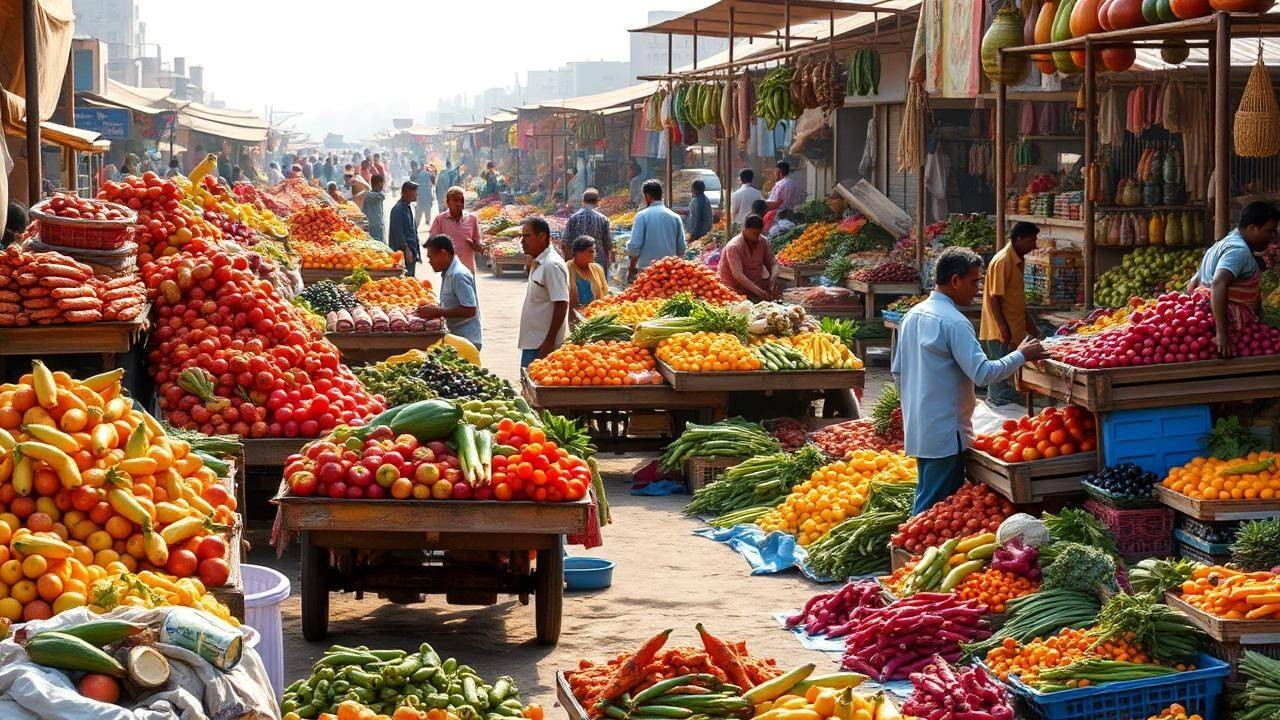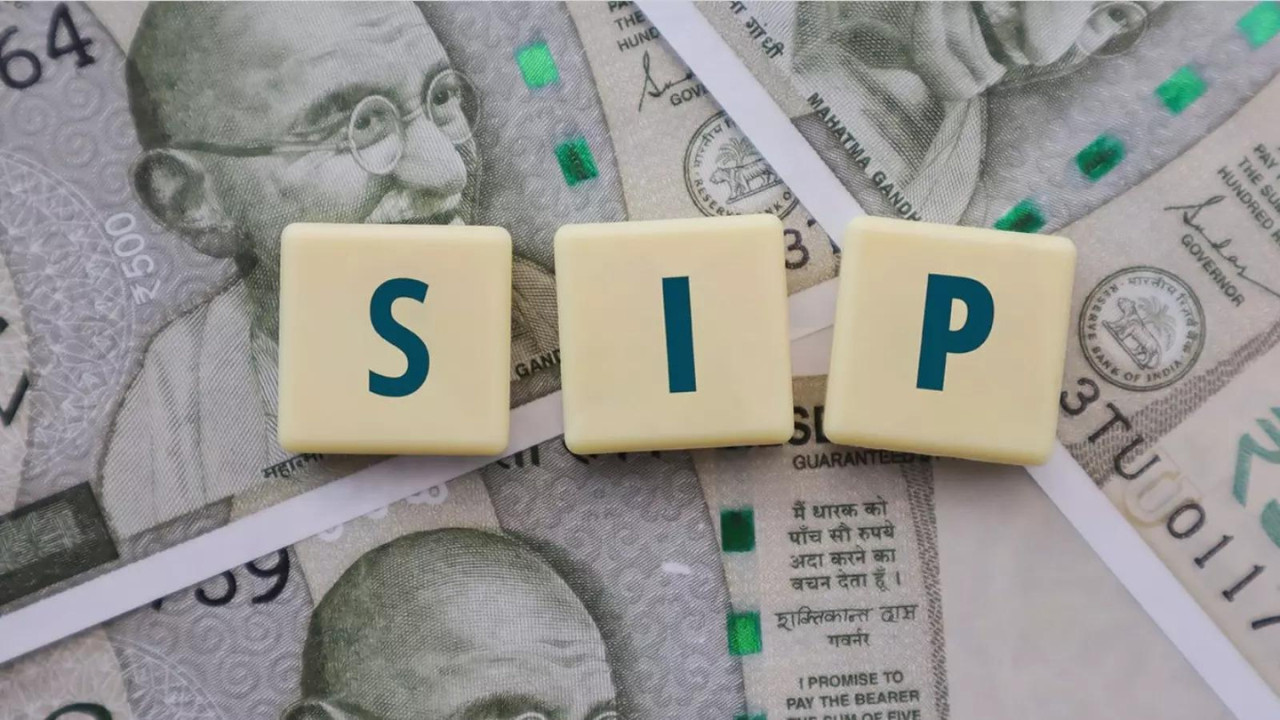India’s wholesale price index (WPI) inflation hit a 14-month low of 0.39% in May, driven by cheaper food and fuel, although experts foresee potential price hikes due to global tensions. The industry ministry noted that positive inflation stemmed from specific sectors like food manufacturing and chemicals.
Inflation Takes a Chill Pill: Are We Finally Breathing Easier?
Remember those grocery store trips that felt like a financial tightrope walk? Where every price tag seemed to have mysteriously inflated overnight? Yeah, those days might be (fingers crossed!) starting to fade. The latest data is painting a surprisingly rosy picture: India’s Wholesale Price Index (WPI) inflation has tumbled to a 14-month low of just 0.39% in May. That’s a significant drop, and it begs the question: is inflation finally losing its grip on our wallets?
Now, before we throw a party and start planning extravagant vacations, let’s unpack what this actually means. WPI, or Wholesale Price Index, essentially tracks the price changes of goods at the wholesale level. Think of it as a barometer of what manufacturers and businesses are paying for their raw materials and finished products. This ultimately trickles down to the retail level, impacting what we, the consumers, pay. So, a low WPI figure can translate to less pain at the checkout counter down the line.
But here’s the rub: it’s not a direct, instant correlation. There’s always a lag. Businesses often absorb some price increases (or decreases) for a while, depending on market conditions and their own profit margins. So, while the WPI dipping is certainly encouraging, don’t expect to see dramatic price cuts on everything tomorrow morning.
What’s driving this slowdown? The report points to a variety of factors, with easing prices in food articles, basic metals, and fabricated metal products playing a key role. Food, of course, is a major component of our household budgets, and any relief there is certainly welcome. We’ve seen vegetables, fruits, and certain cereals becoming marginally more affordable, which is good news for everyone, especially those at the lower end of the income spectrum.
However, let’s not get carried away. While the overall trend is positive, some sectors are still experiencing price pressures. For instance, fuel and power prices, though not skyrocketing, haven’t exactly plummeted either. These sectors have a cascading effect on transportation costs, manufacturing, and ultimately, consumer prices.
The big question, of course, is whether this downward trend is sustainable. Is this a temporary dip, a momentary pause in the inflationary storm, or are we genuinely turning a corner? That’s the million-dollar question everyone’s pondering.
Several factors will influence the future trajectory of inflation. The monsoon season, for one, will be crucial. A good, timely monsoon will boost agricultural output, further easing food prices and contributing to a more stable economic environment. Conversely, a weak monsoon could reignite inflationary pressures, particularly in the food sector.
Then there’s the global economic landscape. Geopolitical tensions, supply chain disruptions, and fluctuations in global commodity prices all play a significant role. If crude oil prices suddenly spike again, for example, we’re likely to see a knock-on effect on transportation costs and inflation in general.
The Reserve Bank of India (RBI) will also be keeping a close watch on these developments. They’ve been actively managing inflation through interest rate hikes, and they’ll likely maintain a cautious approach, carefully calibrating their policies based on incoming data. Their goal, of course, is to keep inflation within a target range while also supporting economic growth. It’s a delicate balancing act.
Ultimately, the May WPI figures offer a glimmer of hope, a welcome sign that the relentless pressure on prices might be easing. But it’s too early to declare victory. We need to see sustained downward trends over several months before we can confidently say that inflation is under control.
For now, let’s appreciate the (potentially) lighter burden on our wallets, remain cautiously optimistic, and keep a close eye on the economic horizon. Because in the world of economics, things can change very quickly. And while we can hope for the best, responsible financial planning and a healthy dose of realism are always good policies. Perhaps this is just the breath of fresh air our wallets have been longing for. Only time will tell.







